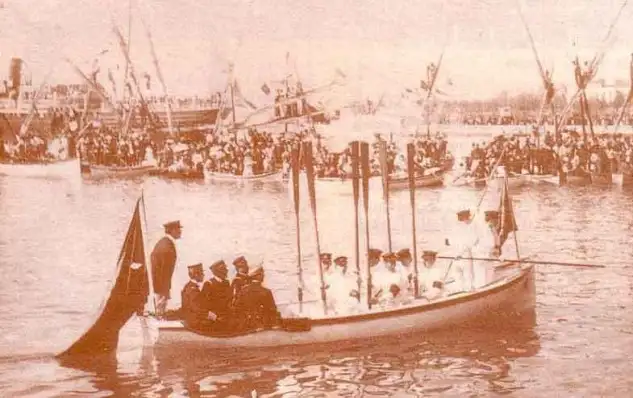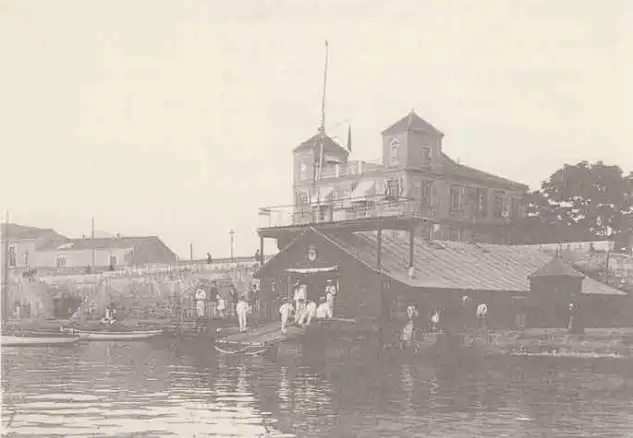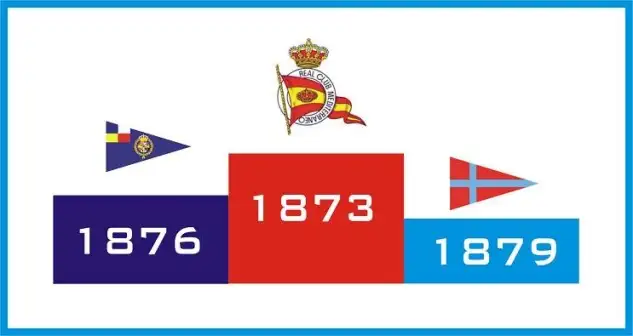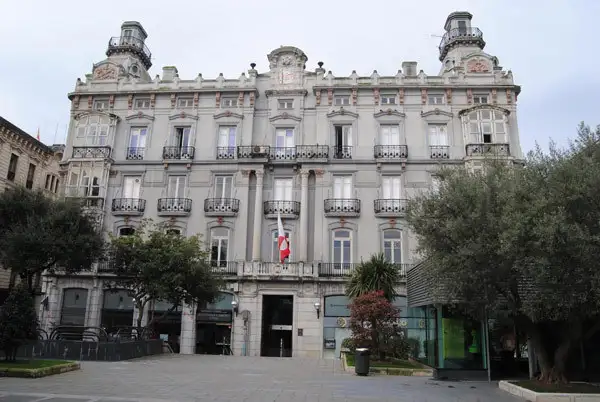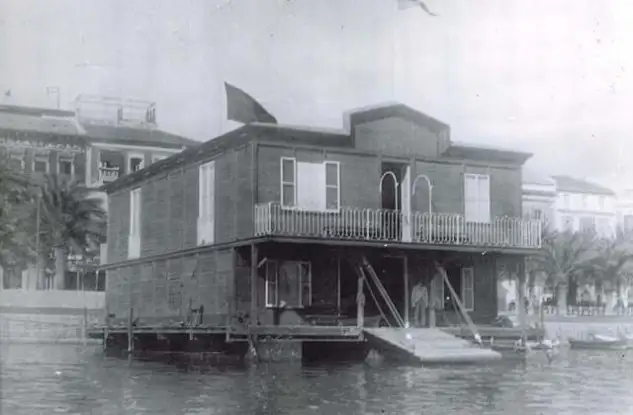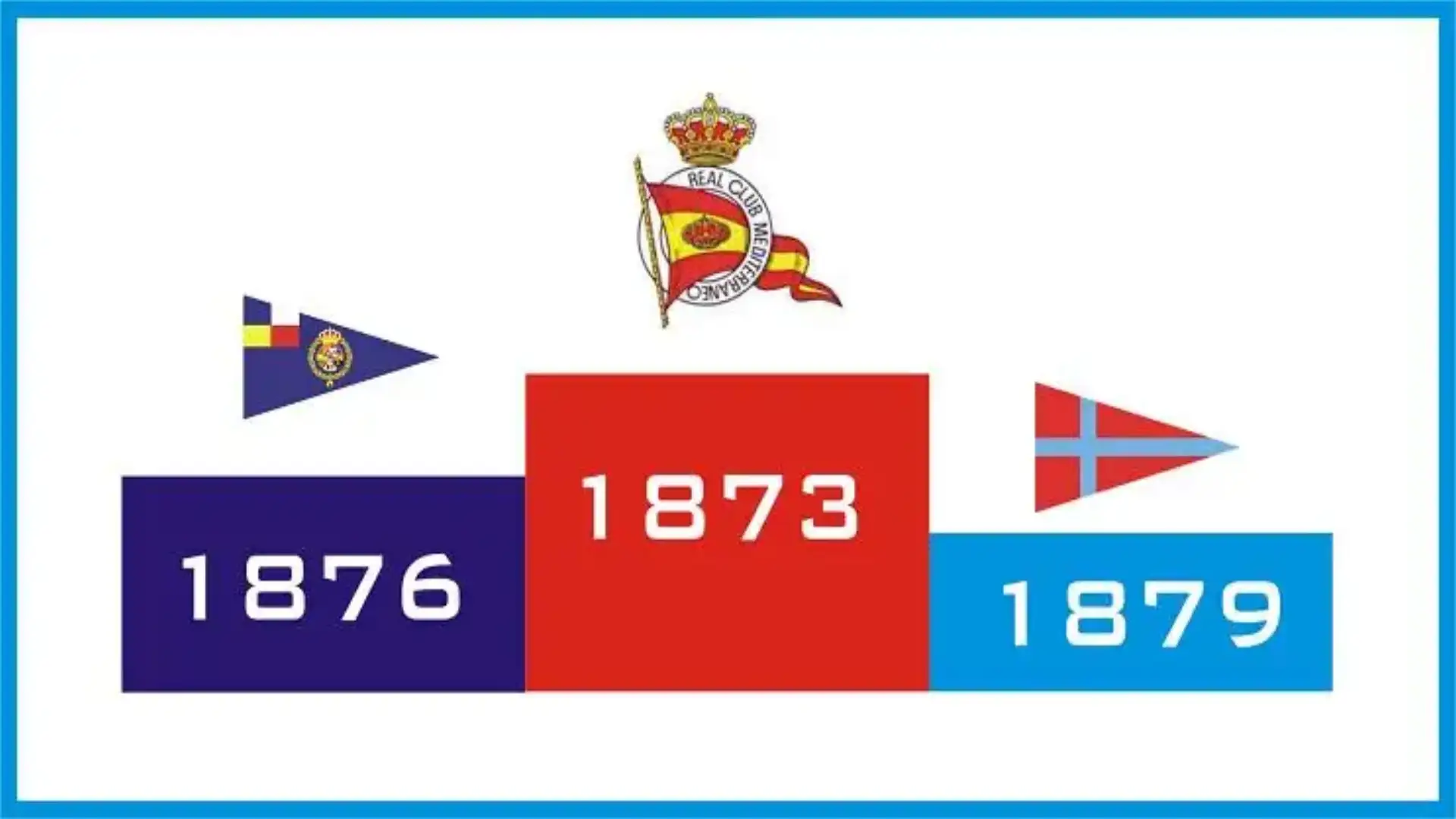
The Royal Mediterranean Club in Malaga: The Dean? and the Santander Regatta Club?.
The Royal Mediterranean Club in Malaga: The Dean? and the Santander Regatta Club?.
On September 20, 1873, the Mediterranean Club was born, driven by a group of young Malagasy fans of water sports, whose first objective was the practice of rowing. The first president was Tomás Heredia Liverpool. The location of which is the oldest nautical club in Spain has always been related to the Port of Malaga, in different locations always close to one of the emblems of the city, La Farola.
In 1892, the Special General Board of the entity offers the presidency of honor to King Alfonso XIII, who accepts, granting the use of the grimpola and the real title. Since then, it is the only Club that has the honour of its shield bearing the red and gualda colors and the royal crown. Since its inception, the Mediterranean Club has been engaged in the promotion and practice of sports activities related to the sea. At first, I pray and sail, to which other forms such as swimming or sports fishing were later incorporated. Sports such as athletics, futbito, tennis, pádel and fronton are also currently practised. Its great athletes: Félix Gancedo between the male candle and Theresa Zabell of the female, are the highest exponents of the high competition of the Dean of the Spanish Sailing.
The silver in antiquity for the Barcelona Nautical, and the bronze for that of Tarragona
The second nautical club on the order of the year of foundation, is the Royal Nautical Club of Barcelona (1876) that had Pedro Domenech Grao, an Indian from Isla Cristina of Catalan origin, as first president. The third is the Royal Nautical Club of Tarragona, created only two years later by Antonio Escofet, who, together with his first directors, was popularly known by the "Club of the Bits," the reason is that they deal with if they were fishermen for the love of sport,... The Tarraconian entity already had good facilities in 1892.
The Royal Regatta Club of Santander, the real Dean?
The origins of this Club date back to 1870, so "Theoretically he's the dean.". In those years the children of the great merchants, shipping and consignees, fascinated by the maritime activities, began to participate in tertulias in which ideas were discussed arising from the frequent excursions that they carried out to El Shipyard and the Cubas River. At first these were sporadic meetings in which forty-two people, led by Martín Ruíz Marqués, participated; but later, on 28 May 1870, they decided to find the Santander Regatas Club, whose first headquarters was located at number 11 of the pier. The Club has been through different stages from its foundation, from its period of splendor in the early 20th century to the time of ruptures in the year beginning the Spanish Civil War, its time of crisis and even uncertainty in the mid-1970s. Today this institution has a beautiful seat, which is a true museum, although it retains its history the truth is that it is not a nautical club to use, facet that since it was founded in 1927 the Royal Maritime Club of Santander has been in the hands of this entity.
The pursuit platoon with the Real Club de Regatas de Alicante in head
In 1889, the Real Club de Regatas de Alicante was born, the Dean of the Valencia Community, in 1898, the Real Sporting Club of Las Arenas, which was to be merged in the 1970s with the Maritime of the Abra. This club was the first in the Basque Country. In Galicia, the dean's vitola is held by the Real Club de Regatas Galicia de Villagarcía de Arosa, also in 1898. In 1902 the Reial Club Maritim of Barcelona was born, and in 1903 the Real Club Nautico of Valencia. Already in 1905 the one who sees the light is the Real Club Náutico de San Sebastián and also another of the most veterans: the Real Club de Regatas de Cartagena. In 1906 it was done by the Royal Nautical Club of Vigo, but it disappeared in 1910. The Vigués Club, which pretends to be the "Vicedecano," does not have the backing of history, as this award is made by the Bouzas Maritime Licensing, which was born in 1907. The Nautico Vigués is refounded in 1926 and the Royal Nautico Club of La Coruña is also created this year. In 1911 the Real Club Astur de Regatas de Gijón was born and in 1948 the Real Club Nautico de Palma, as well as the Real Club Nautico del Puerto de Santa María... even though the nautical activity in the beautiful town of Gaditana dates back to the late 19th century. In the "Insurent Canarian War", the dean is the Royal Nautical Club of Tenerife (1902), while the one of Las Palmas, the one of Gran Canaria is created six years later, in 1908. Much more modern clubs are the Monte Real Club de Yates de Baiona (1966), or the Nautical Club of Seville and the Real Nautical Club of Madrid (1952), or the Nautical Club Arenys de Mar (1956).
Manuel Pedro Seoane
© 2024 Nautica Digital Europe - www.nauticadigital.eu


